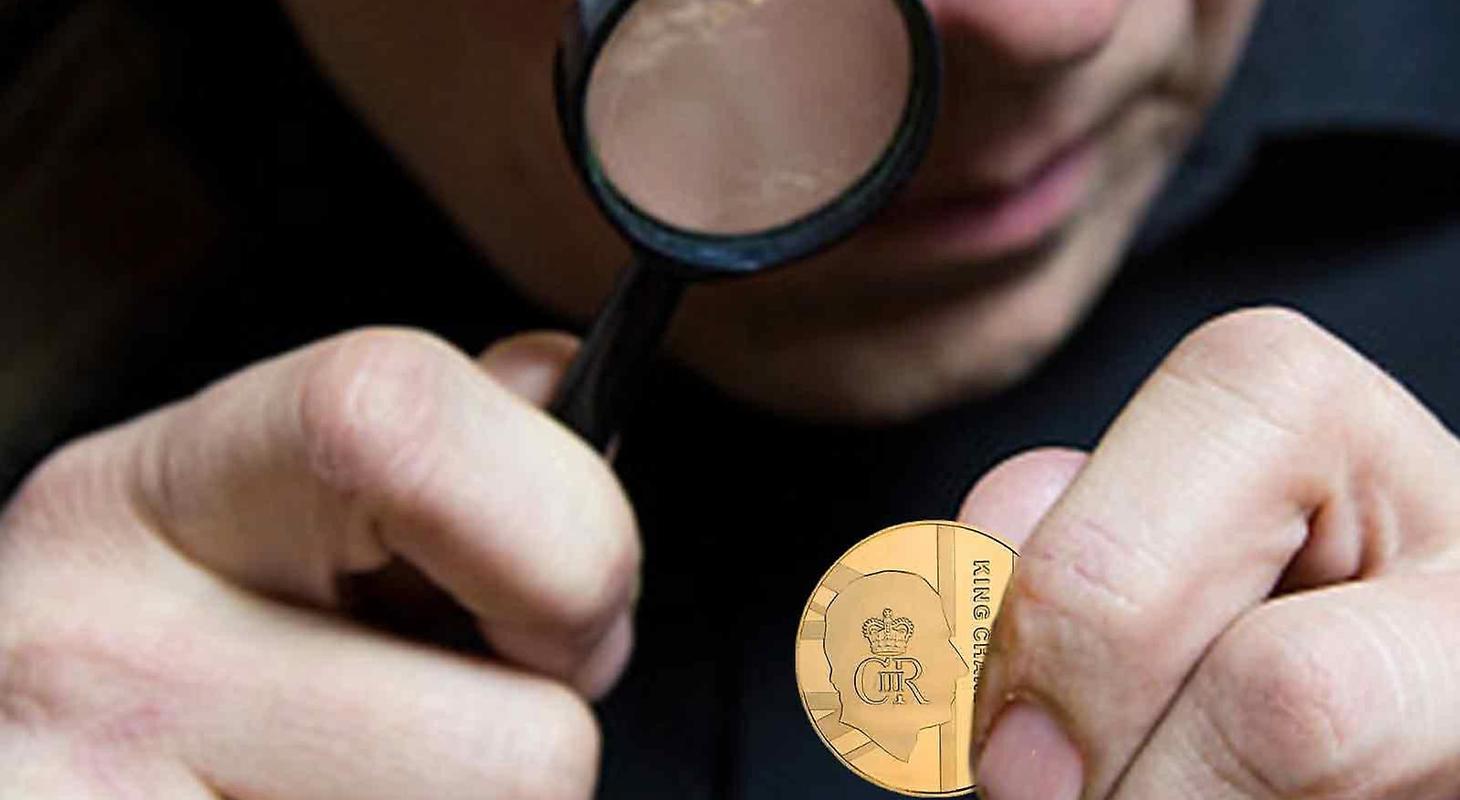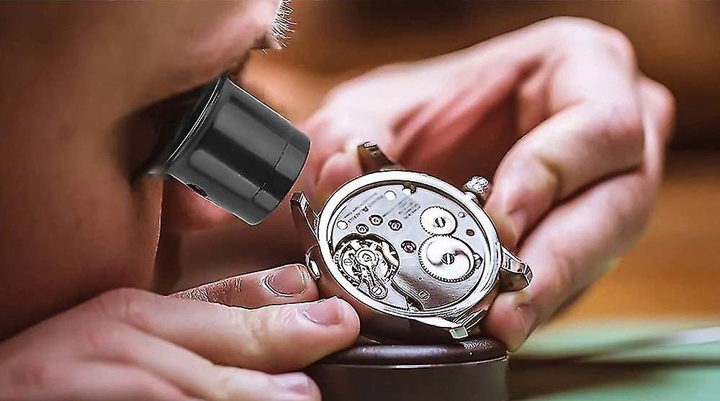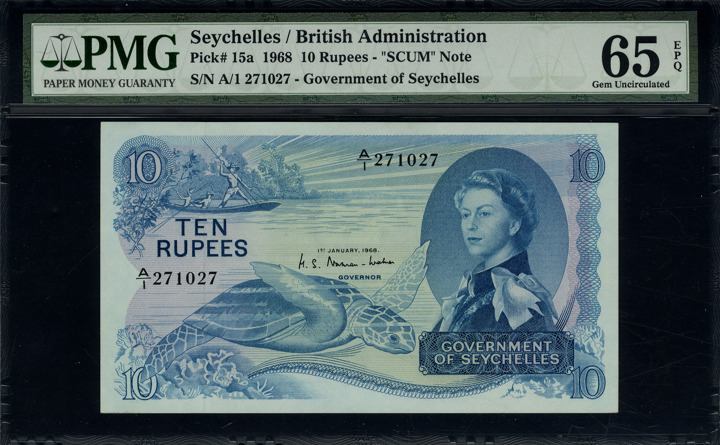
Grading and Third Party Grading (TPG)

Quality grading is the most controversial aspect of collecting today. Small differences in grading can mean significant variations in value. The grading process is subjective and influenced by external factors such as lighting. To facilitate communication between sellers and buyers, it is essential to standardize and widely disseminate grading terms and their meanings.
One difficulty in grading is that even the actual grading terms themselves are not universally used everywhere. Different countries use different grading terms. Therefore, we have included a table titled "STANDARD INTERNATIONAL ASSESSMENT TERMINOLOGY AND ABBREVIATIONS" where you can find grading terms used in different countries, where applicable.

To further attempt to minimize differences in quality grading, Third Party Grading (TPG) companies are now active. The most prominent ones are PMG and PCGS. However, multiple online providers can be found as well. They follow the "Sheldon" grading scale and ensure that the item is protected for future generations through sealing.
Unfortunately, different grading companies may not always agree on the quality of an item, as it remains a subjective matter. The newest method is employed by AGS Grading, which utilizes Artificial Intelligence (AI) to assess the quality using a scanner. Regardless of how many times the same item is scanned, the quality remains consistent.
The grading and definitions cannot reconcile all the different systems and variations of grading terminology. Instead, efforts are made to reduce controversy by implementing some common-sense grading and definitions that provide more accurate meaning to the language of grading.
At CollectWeb, grading is conducted with utmost care and a somewhat conservative approach. The age, rarity, or type of an item is not a consideration in grading . The way we assess may vary depending on the type of collectible, which is why we have added a detailed page for each collecting area.
To facilitate communication between sellers and buyers, it is essential that grading terms and their meanings are as standardized and widely used as possible. One difficulty in grading is that even the actual grades themselves are not universally used by everyone. For example, in Europe, the term "Almost Uncirculated" (AU) is generally not used for paper currency, whereas it is widespread in North America. Some countries use different grading terms. Therefore, we have added a table named "STANDARD INTERNATIONAL GRADING TERMINOLOGY AND ABBREVIATIONS" where you can find the grading terms for various countries.
It is not possible for the grades and definitions to encompass all the different systems and variations of grading terminology. Instead, efforts are made to reduce controversy by providing grades and definitions that aim to give more accurate meaning to the language of paper currency grading.
At Collectweb, grading is done with the utmost care and somewhat conservatively. The age, rarity, or type of an item is not taken into consideration in the grading. We assess each item based on the weaker of the two sides. In addition to grading an item, we always mention any additional flaws such as "tears," "pinholes," "writing," "tape residue," etc.
Currently, there are two standards for grading banknotes. Grading according to the standards of the Pick catalog and grading according to the Sheldon grading scale. The difference between these two standards is that the Sheldon grading scale is used by special "Third Party Grading (TPG)" companies that encapsulate the banknotes in a special plastic holder. The standards of the Pick catalog are used to grade banknotes that are not encapsulated, often referred to as "raw" banknotes.
Uncirculated (UNC)
A perfectly preserved banknote, never mishandled by the issuing authority, bank teller, public, or collector. The paper is clean and crisp, without any discoloration. The corners are sharp and square, without any evidence of rounding. (Rounded corners are often a clear indication of a cleaned or "doctored" banknote.) An uncirculated banknote retains its original natural sheen. NOTE: Some banknote issuances may often have slight traces of folds from counting. Additionally, banknotes printed in France usually have a slight ripple in the paper. Many collectors and traders often refer to such a banknote as AU-UNC.
Almost Uncirculated (aUNC or AU)
A nearly perfect banknote with some slight evidence of handling. May show light corner folds/creases from counting in the bank or a single light fold down the middle, but not both. An AU banknote should not be fully creased, as a crease is a hard fold that usually "breaks" the surface of a banknote. That should not be the case; the fold should show some sort of rounding of the paper. The paper is clean and bright with an original sheen. The corners are not rounded.
Extremely Fine (EF or XF)
A highly attractive banknote with minor evidence of handling. May have up to three light folds or one strong crease. The paper is clean and bright with an original sheen. The corners may show only the slightest hint of rounding. There may also be the slightest hint of wear where a fold meets the edge.
Very Fine (VF)
An attractive banknote but with more evidence of use and wear. May have multiple folds, both vertically and horizontally. The paper may contain minimal dirt or possible color fading. The paper itself is still relatively firm and not limp. There are no tears in the border area, although the edges show slight wear. The corners also show wear but are not fully rounded.
Fine (F)
A banknote that has been significantly circulated, with many folds, creases, and wrinkles. The paper is not overly dirty but may exhibit some softness. The edges may show considerable handling with small tears in the border area. The tears should not extend into the design. There will be no hole in the middle due to folding. The colors are clear but not bright. One or two staple marks would not be unusual wear for a Fine banknote. Overall, the banknote still has a desirable appearance.
Very Good (VG)
A well-used banknote, abused but still intact. The corners may have significant wear and rounding, small dents, tears that may extend into the design, slight discoloration may be present, spots may have occurred, and a small hole may be visible in the middle due to excessive folding. Staple and pinholes are usually present, and the banknote itself is quite limp, but NO pieces of the banknote should be missing. A banknote in Good condition can still have an overall not unattractive appearance.
Good (G)
A heavily worn and extensively circulated banknote. Normal damage from prolonged circulation includes strong multiple folds and creases, stains, pinholes and/or staple holes, dirt, discoloration, edge tears, a hole in the middle, rounded corners, and a generally unattractive appearance. There should be no major pieces missing from the banknote. Graffiti is often seen on banknotes in Fair condition.
Fair
A completely limp, dirty, and heavily used banknote. Larger pieces may be half torn or missing, in addition to the defects mentioned in the Good category. Tears will be larger, and parts of the banknote will be more obscured.
A "rag" with severe damage due to wear, stains, missing pieces, graffiti, and larger holes. It may contain tape to hold pieces of the banknote together. It may also be trimmed to remove rough edges. A Poor banknote is desirable only as a "filler" or when such a banknote is the only known specimen of that particular issuance.
70 (Gem Unc)
The highest assigned grade. Banknotes should have no visible evidence of handling at 5x magnification. The margins and registration should appear centered to the naked eye.
69 (Superb Gem Unc)
This banknote is visually almost indistinguishable from a 70, but the margins and registration may appear slightly off-center. There is no visible evidence of handling to the naked eye.
68 (Superb Gem Unc)
The margins and registration are slightly off-center. There may be very minor signs of handling.
67 (Superb Gem Unc)
A banknote with above-average margins and registration. There may be slight signs of handling.
66 (Gem Unc)
There may be slightly more handling than a 67 EPQ banknote. The centering should be above average.
65 (Gem Unc)
The banknote may have one or two minor distractions due to light handling. The centering should be above average.
64 (Choice Unc)
The centering is not correct on one or two sides. Some handling may be visible, but there should be no folds in the design.
63 (Choice Unc)
The centering is not perfect, and the design may be flat. There may be various flaws, but there should be no folds.
62 (UNC)
The banknote is strictly uncirculated but may have light to moderate handling and/or corner issues. There will be no folds. The margins may touch or intrude upon the design.
61 (Unc)
The banknote is poorly centered, and the margins intrude upon the design. There may be teller's folds, spots, or other signs of handling. There will be no folds through the design.
60 (Unc)
A banknote with issues such as discolored paper, a small stain, or fading. There will be signs of handling, but there will be no folds through the design.
58 (Choice About Unc)
Often a banknote with a single fold that crosses the design. The fold should not be creased but rounded.
55 (About Unc)
This grade is often assigned to a banknote that has one fold or two to three corner folds that cross the design.
53 (About Unc)
A banknote with two vertical folds or a single horizontal fold. It may also have signs of handling.
50 (About Unc)
The banknote has two heavier folds or light horizontal and vertical folds. The handling may be significant.
45 (Choice Extremely Fine)
A banknote with two to three heavy folds, one of which may be horizontal.
40 (Extremely Fine)
There are three or more folds, one of which may be horizontal.
35 (Choice Very Fine)
For years, dealers and collectors referred to this grade as "VF-XF." This banknote appears very fine but will have four to seven light folds.
30 (Very Fine)
This banknote will have seen light circulation and may have slight contamination. Typically, there will be seven to ten folds.
25 (Very Fine)
A banknote that shows modest evidence of circulation, as well as more folds and/or contamination than a grade 30 banknote.
20 (Very Fine)
The banknote has been moderately circulated with numerous folds and light contamination. There are no major defects, but there may be minor imperfections.
15 (Choice Fine)
This banknote may appear to be of very good quality, but upon closer inspection, it will have too many folds or have been too heavily circulated to justify a "very good" grade.
12 (Fine)
The evidence of circulation is significant with rounded corners, tears in the margin, and other issues. The banknote must be intact with sturdy paper.
10 (Very Good)
A decent, undamaged banknote that has seen significant circulation. The banknote is flimsy and has some minor issues.
8 (Very Good)
The banknote has been heavily circulated but remains intact. There may be some small pieces missing. Dirt, light stains, or tears are common for this grade. The banknote is flimsy.
6 (Good)
The banknote is very worn with severe tears, fraying of the margins, and damage.
4 (Good)
A banknote that has been heavily circulated with numerous issues. It is completely flimsy and has reduced visual appeal. Banknotes in this grade are often seen with missing pieces.
